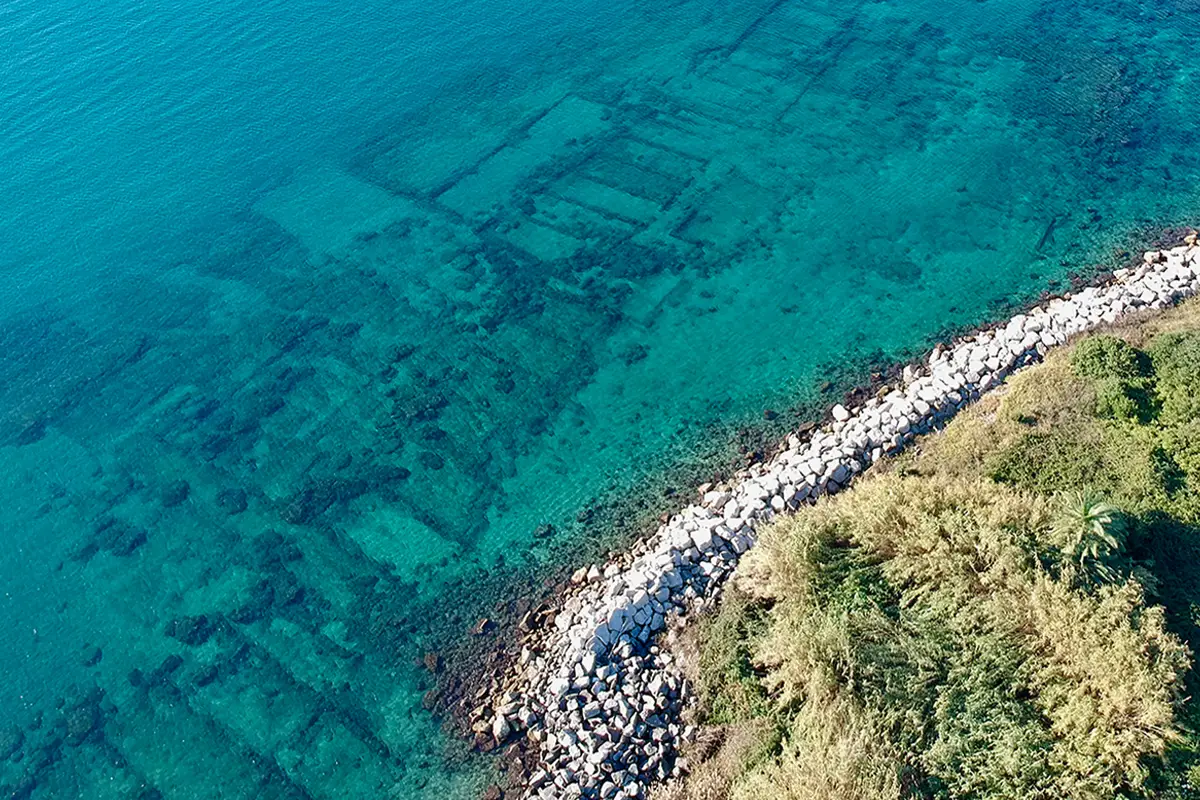In 2023, archaeologists discovered the submerged remains of a Nabataean temple during an underwater survey of the ancient port of Puteoli, located in modern-day Pozzuoli, Italy.
Puteoli was established in the mid-6th century BC as a Greek colony called Dicaearchia. After the Roman conquest of Campania following the First Samnite War, Dicaearchia was annexed into the Roman Republic, which later founded the colony of Puteoli.
Puteoli served as one of the primary trading hubs for Rome, emerging as the great emporium of foreign trade for the Alexandrian grain ships and goods from across the Roman world.
Due to the position of Puteoli in the Phlegraean Fields, an active volcanic region, volcanic bradyseismic activity has raised and lowered the geology on the peninsula, resulting in parts of Puteoli being submerged.
The results of a year-long study, published in the journal Antiquity, has mapped and reconstructed parts of the submerged temple, the only known temple located outside of Nabataea – an allied kingdom of Rome that controlled territory from the Euphrates to the Red Sea.

Using a photogrammetric survey, the researchers have identified that the temple had a rectangular plan and two rooms with access facing north, linked to the internal routes of the vicus Lartidianus (an area designated for foreign people engaged in trade).
Within one of the rooms (designated Room A) are two altars made of white Luni marble, and a mensa with eight rectangular recesses for housing aniconic betils. In the second room (designated Room B), the southern perimeter wall has a white marble slab covering, one of which shows the inscription Dusari sacrum, meaning “consecrated to Dushara”, the chief deity of the Nabataean pantheon.
According to the study authors: “The existence of a Nabataean sanctuary within the port area confirms that there was a community from that region participating in the commercial activities of Puteoli.”
“The integration of these individuals within the local community is evident in the building techniques and materials used in the construction of the temple, and for the choice of Latin for the inscriptions to their supreme god, the lord of the mountains and the germinating force of nature, Dushara.”
Header Image Credit : M.Steanile
Sources : Antiquity | https://doi.org/10.15184/aqy.2024.107





